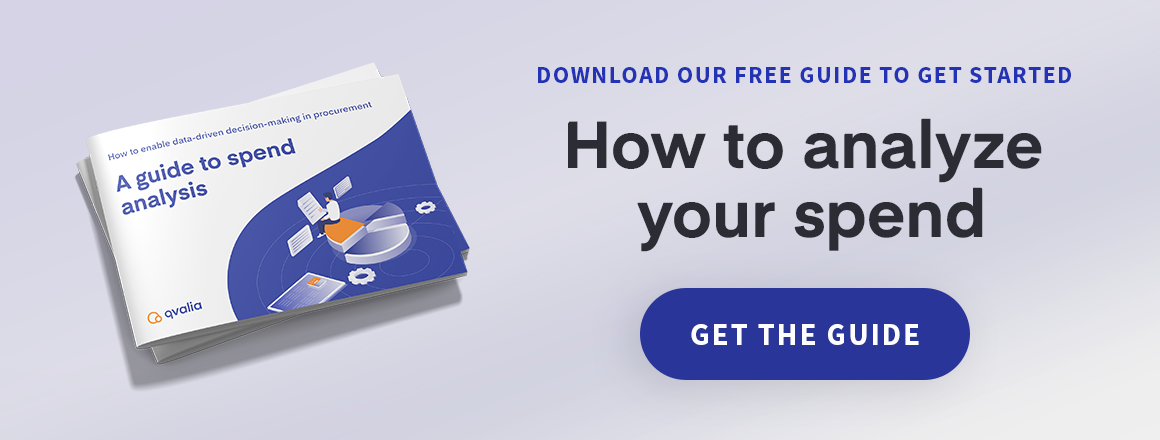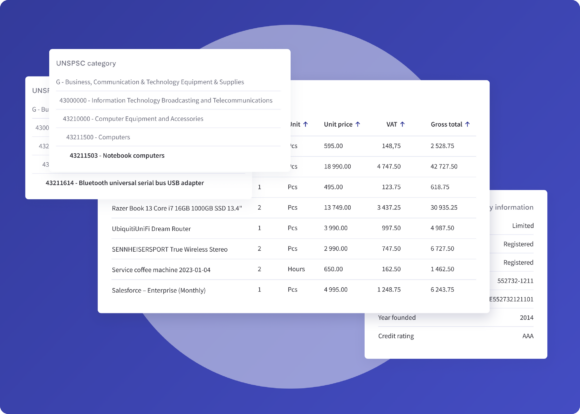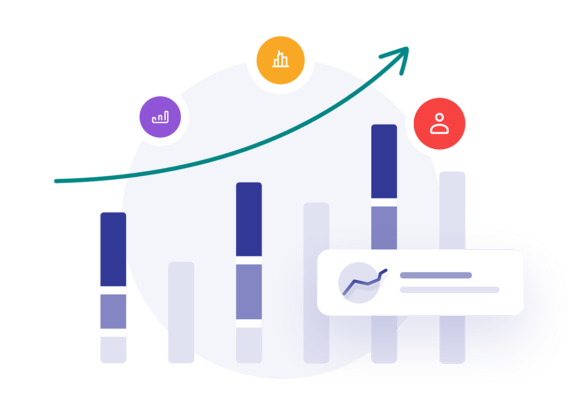
Does your organization suffer from inefficient spending? Is unauthorized spending cutting down on your quarterly budget? Do you want to reduce costs but fear potential consequences like poorer quality product output or compromised internal operations? Are managers from other departments reluctant to give up control over procurement? Let’s have a look at how the spend analysis process can help.
These are the problems that spend analysis intends to solve. By going through this process popular with businesses everywhere, you will soon know what exactly is being purchased, who in the company is making the transactions, and what suppliers are being used. You can even compare financial performance with those of past years and keep track of finances closely to prevent accidental budget overflow.
Spend analysis can be a complicated consideration that every business needs to undergo if it wants to optimize procurement spend. The steps that a company goes through differs depending on its needs, but let’s talk about the usual steps that go into a successful spend analysis initiative.
Locate spend data
It’s not always clear where you can look to find all spending activities. Some departments formally record all their invoices, while others allow staff members to make minor transactions whenever they need to. The result is that accessing this data depends largely on the quality of your accounts payable system.
Any part of the business can be responsible for a purchase, whether it’s finance, marketing, procurement, or otherwise. Even moderately sized firms end up making thousands of these small purchases, and keeping track of all of them is vital to preventing maverick spending. You likely won’t cover all sources of spend data, but making an effort goes a long way.
Don’t forget that not all purchases a business makes go towards manufacturing products. You also need indirect spending, which covers marketing, consulting, maintenance, travel, and other services related to maintaining internal operations. Keep track of both direct and indirect spending during analysis.
The best solution is automated extraction. There are solutions to manage the spend analysis process now that integrate with accounting teams, ERP tools, and other data sources to automate the process.
Collect it
The next step is to extract the spend data and put it into a format that’s easily readable by your analysis tools. This process, which usually involves collecting the information into a central database, involves steps like:
- Capturing the information in real-time and standardizing it: Data from different parts of the company might come in different formats (think differing invoice layouts from various vendors). Make comparisons easier by putting everything into a common format.
- Go through and check for erroneous or obsolete data: Generating useful results can only happen if your data repository is accurate.
- Understanding that correct data can be difficult to work with: This is especially true if it just covers a random assortment of goods and services. You want to classify purchases by, for example, supplier or product type. This step will tell you where money is going in the company.
Instead of working with a massive assortment of individual invoices, classifying spend data effectively gives you groups of purchases to work with. A popular taxonomy system to use is the United Nations Standard Products and Services Code (UNSPSC).
Analyze it
Financial analysts keep their eyes on certain key performance indicators. For procurement systems, look for average purchase order value, supplier composition, amount spent per department or product category, and even the terms and conditions of your contracts. There are many others too, so find the KPIs that make the most sense in your circumstances.
The more detail you have to work with, the more useful the results can be. Spend analysis ends with your ability to change how the business performs procurement. Based on the findings, there might be opportunities to:
- Order cheaper goods from different suppliers without compromising on quality
- Negotiate better contracts with current suppliers
- Order goods in bulk to take advantage of discounts (such as if two departments are ordering similar products unknowingly)
Part of putting your spend analysis process plan into action is getting all the departments and upper management in on the spend analysis initiative. It can be difficult to convince other managers to change their product sourcing habits, so make it clear early on your intentions and expected benefits.
Implementing spend analysis into your process is easy with Qvalia
It’s no secret that spend analysis is a powerful tool for businesses in virtually every industry. The next step is to put them into practice. The biggest challenge is putting the right processes in place to unlock its true potential—and identify the right tools to get you started. Excel is obviously not an option. Your accounting software won’t do the job.
Qvalia has what you need to quickly uncover deep insights into your company’s spend analytics. Book a demo to learn more.



